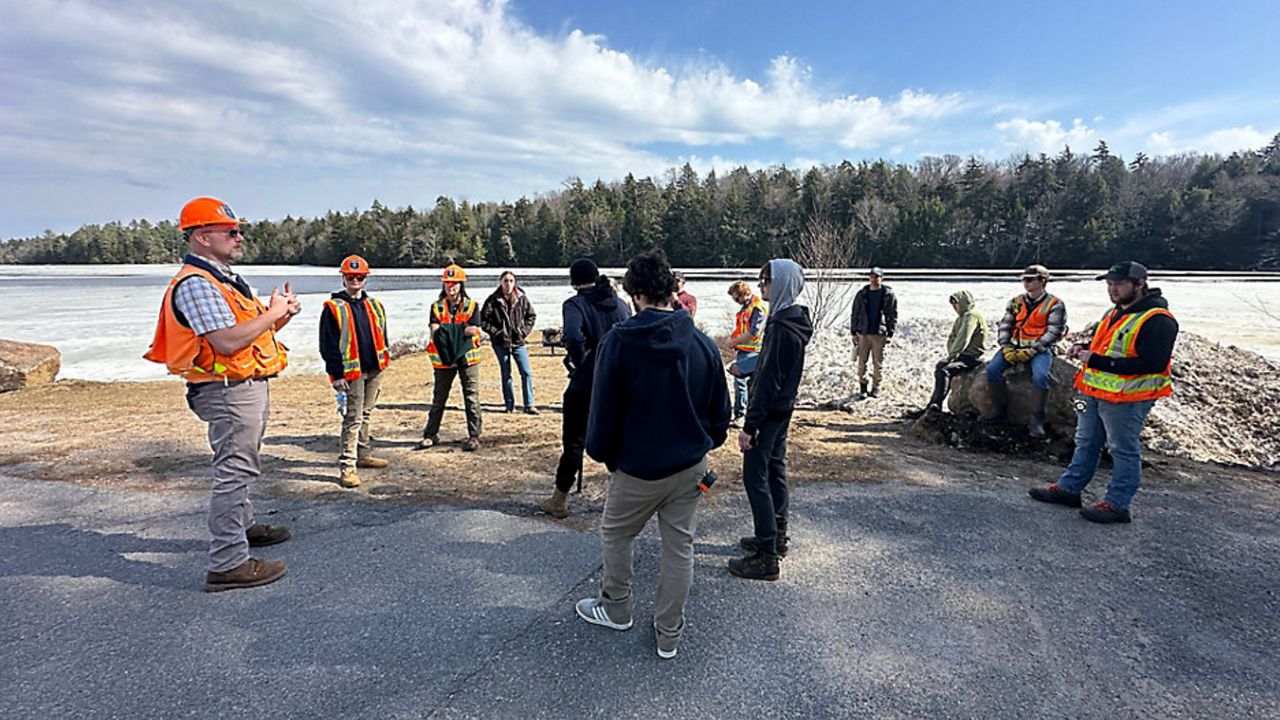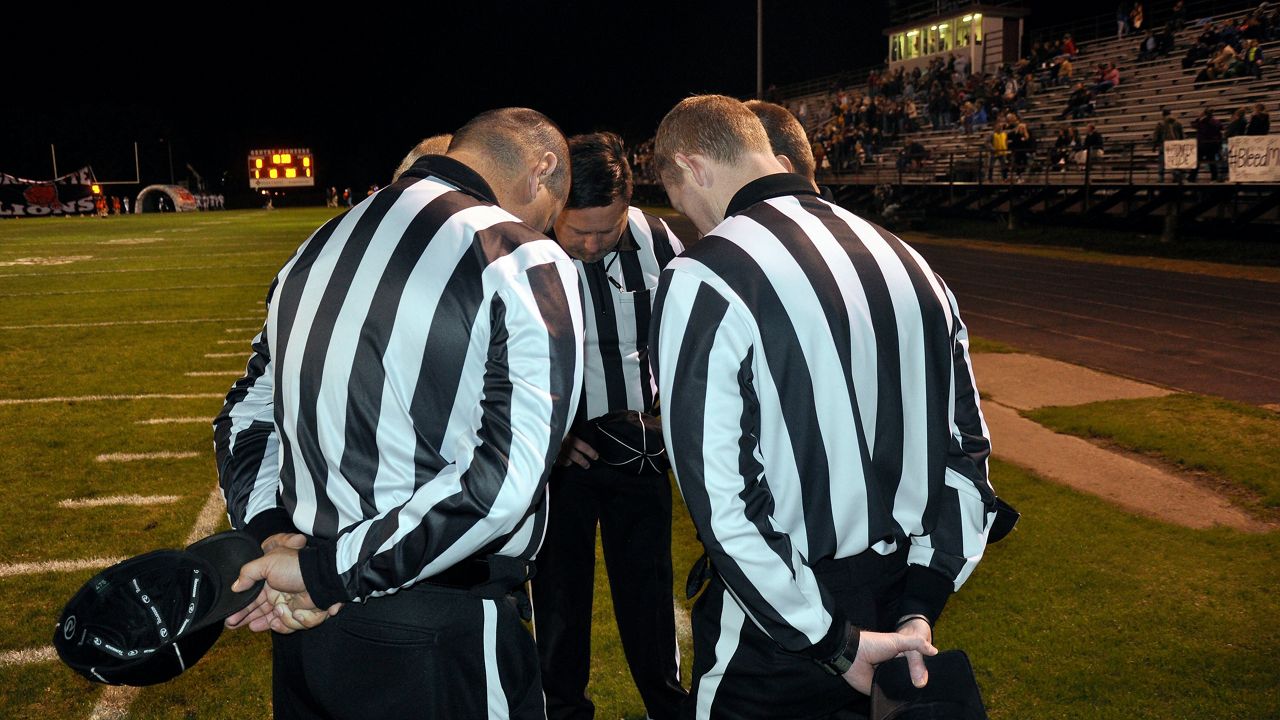April’s solar eclipse was for sure a sight to behold, but it also opened some eyes in to what many consider a local secret — the Adirondacks are a special place for astronomy.
The region is hoping to take advantage of that once-in-a-lifetime event to bring people back for more of what Mother Nature has to offer.
It's hard to believe the natural event of our lifetime, Eclipse 2024, happened all the way back in April.
It turned out the Adirondacks was exactly where you wanted to be, to see it in all its glory.
“When you see that that solar corona in the sky, it's unbelievable,” amateur astronomer Len Rabinowitz said back in April.
Rabinowitz is from just outside of Boston. He made the trip to the Adirondacks in April.
“I grew up in the 60s with the space program. My dad got me my first telescope at 6 [or] 7 years old,” he remembers.
He says learning what's out there, capturing what's out there, never gets old.
“It's a natural world that we live in," he said. "It's important for everyone to understand that we're part of something much bigger than us."
While April's eclipse was the main event, there will still be plenty of telescopes pointed high, deep into the Adirondack skies throughout 2024.
“There has been a significant spike in our visitors and interest in astronomy in general,” Adirondack Sky Center and Observatory President Seth McGowan said.
Seth says he hopes that momentum will carry over and people will to flock to the Adirondacks later this year for a number of occurrences — meteor showers, comets, even a "supermoon."
“I think more and more people are just looking up and saying, 'Holy mackerel, there's stuff up there that we can look,'” he said.
That includes the Sept. 8 event where stargazers can get an up-close look at Saturn.
“When people can see that ring of Saturn or those rings of Saturn for the first time, boy, they're just hooked after that,” he added.
Hooked on not only what's out there, but the quality in which they can see it. The Adirondacks are the place to be for these types events because of its darkness and lack of light pollution.
“Light is the enemy of astronomy, you know, really. That includes the moon sometimes,” he said.
Light pollution is graded on something known as the Bortles Scale. It has nine levels, with class nine being the most extreme amount typically found in a big city. Most of the Adirondacks are a "class two," which means they're a “typically truly dark site."
“Tupper Lake, in fact, is embarking on getting designated as a dark sky community,” McGowan added.
It's what keeps people like Len coming back year after year.
“The background sky is so much darker. It makes it makes a huge difference,” Rabinowitz said.
Here is a list of future stargazing opportunities in Tupper Lake and the Adirondacks:
Perseids Meteor Shower – Aug. 12 – 13
The Perseids is one of the best meteor showers to observe, produced by dust from the Swift-Tuttle comet. It offers 60 bright meteors per hour, from July 17 to August 24; peaking during the night of August 11 and morning of August 12. The moon sets after midnight, creating dark conditions for viewing.
Saturn – Sept. 8
The ringed planet will be at its closest to Earth on September 8; its face fully illuminated by the sun. The planet will be brighter than any other time of the year, and visible throughout the night. A medium-sized telescope will allow stargazers to see Saturn’s rings and a few of its brightest moons. This will be the best time to view and photograph Saturn and its moons.
Supermoon / partial lunar eclipse – Sept. 18
A partial lunar eclipse occurs when the moon passes through Earth’s shadow, or penumbra, with a portion of it passing through the darkest shadow, or umbra. During this eclipse, part of the moon will darken as it moves through the shadow. In 2024, the September moon is considered to be a “supermoon” meaning it is closest to Earth, making it appear much larger than is typical. The eclipse will be visible throughout most of North America.
Tsuchinshan-ATLAS comet – Oct. 13
Comet observers are hoping that this comet will be easily viewed, beginning in late September. Comets can be somewhat difficult to predict but many astronomers believe that it will become visible with the naked eye.
Orionids meteor shower – Oct. 21 – 22
The Orionids, produced by dust left behind by Halley’s Comet, produce up to 20 meteors per hour. It takes place each year throughout the month of October, peaking on the night of Oct. 21 and the morning of Oct. 22. Best viewing will be from a dark location after midnight.
Leonids meteor shower – Nov. 17 – 18
This meteor shower takes place throughout most of November, with approximately 15 meteors per hour, resulting from the Tempel-Tuttle comet. This meteor shower is unique in that it has a cyclonic peak about every 33 years where hundreds of meteors per hour can be seen – the last peak was in 2001. The best viewing will be from a dark location after midnight.
Geminids Meteor Shower – Dec. 13 – 14
The Geminids is considered to be the best meteor shower for viewing, with up to 120 multicolored meteors per hour. The meteors are produced by debris left behind by an asteroid known as 3200 Phaethon. The event takes place each year from early to mid-December; in 2024 it will peak during the night of the 13th and morning of the 14th. The nearly full moon will block out all but the brightest meteors this year.










